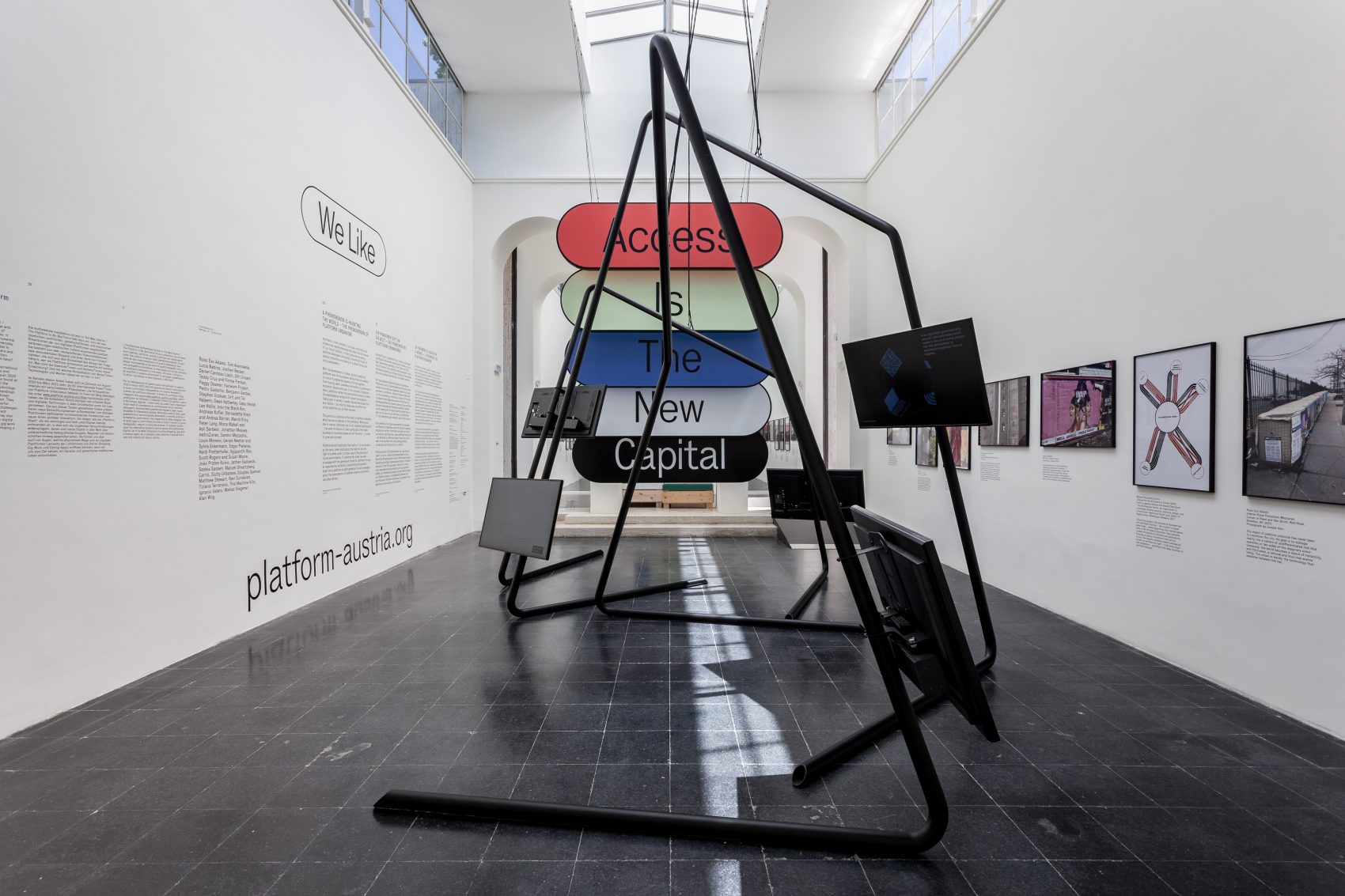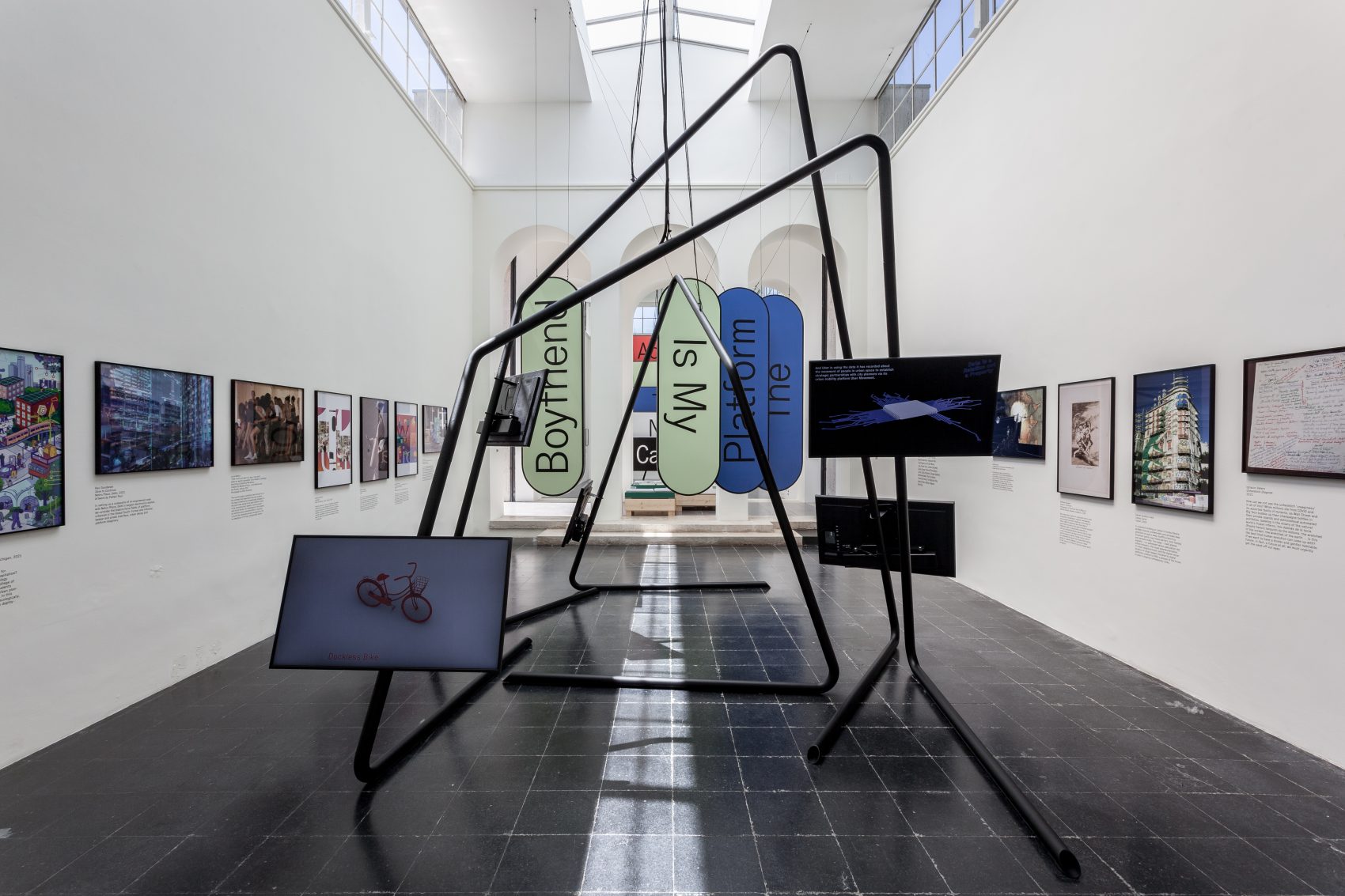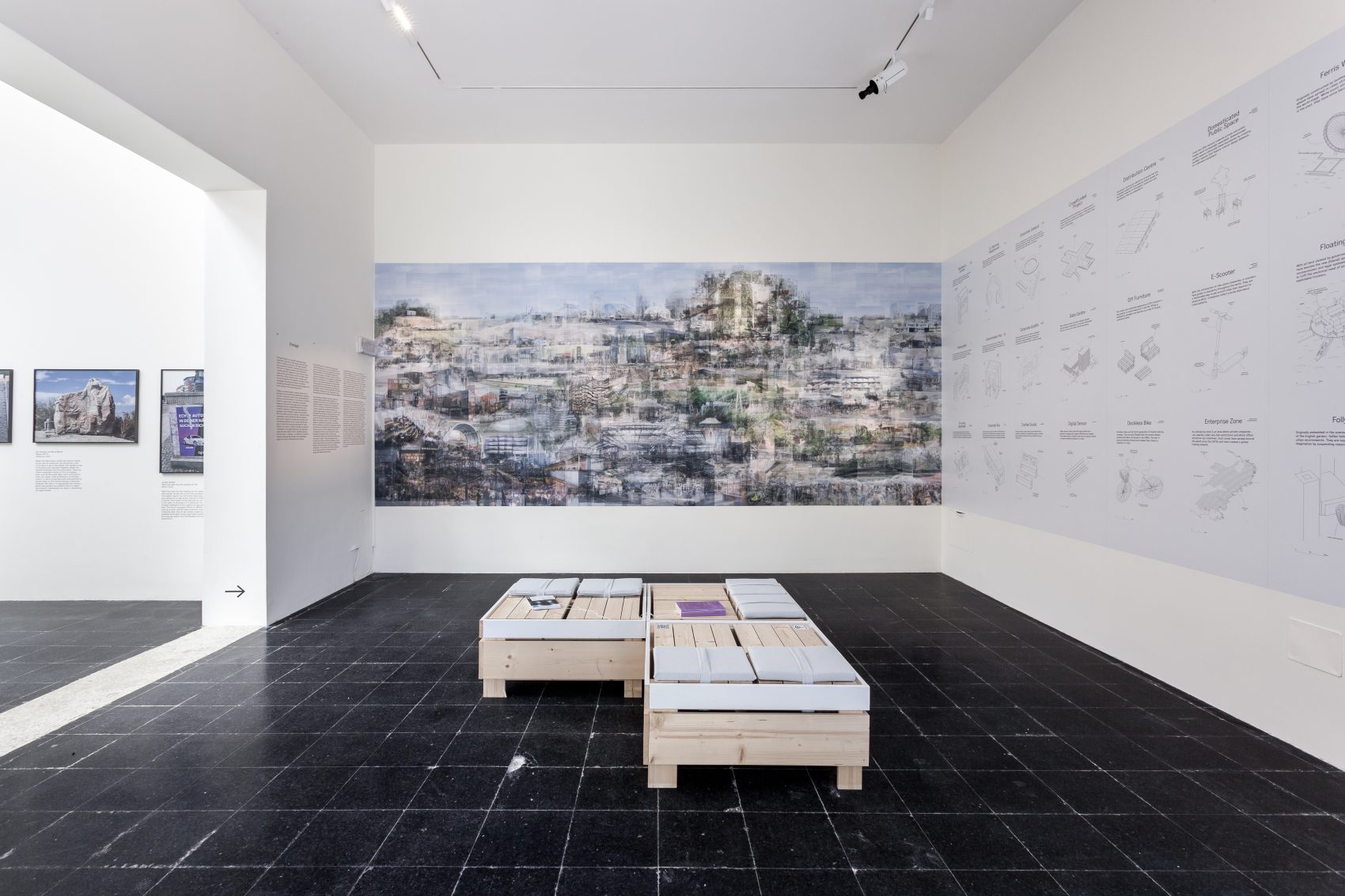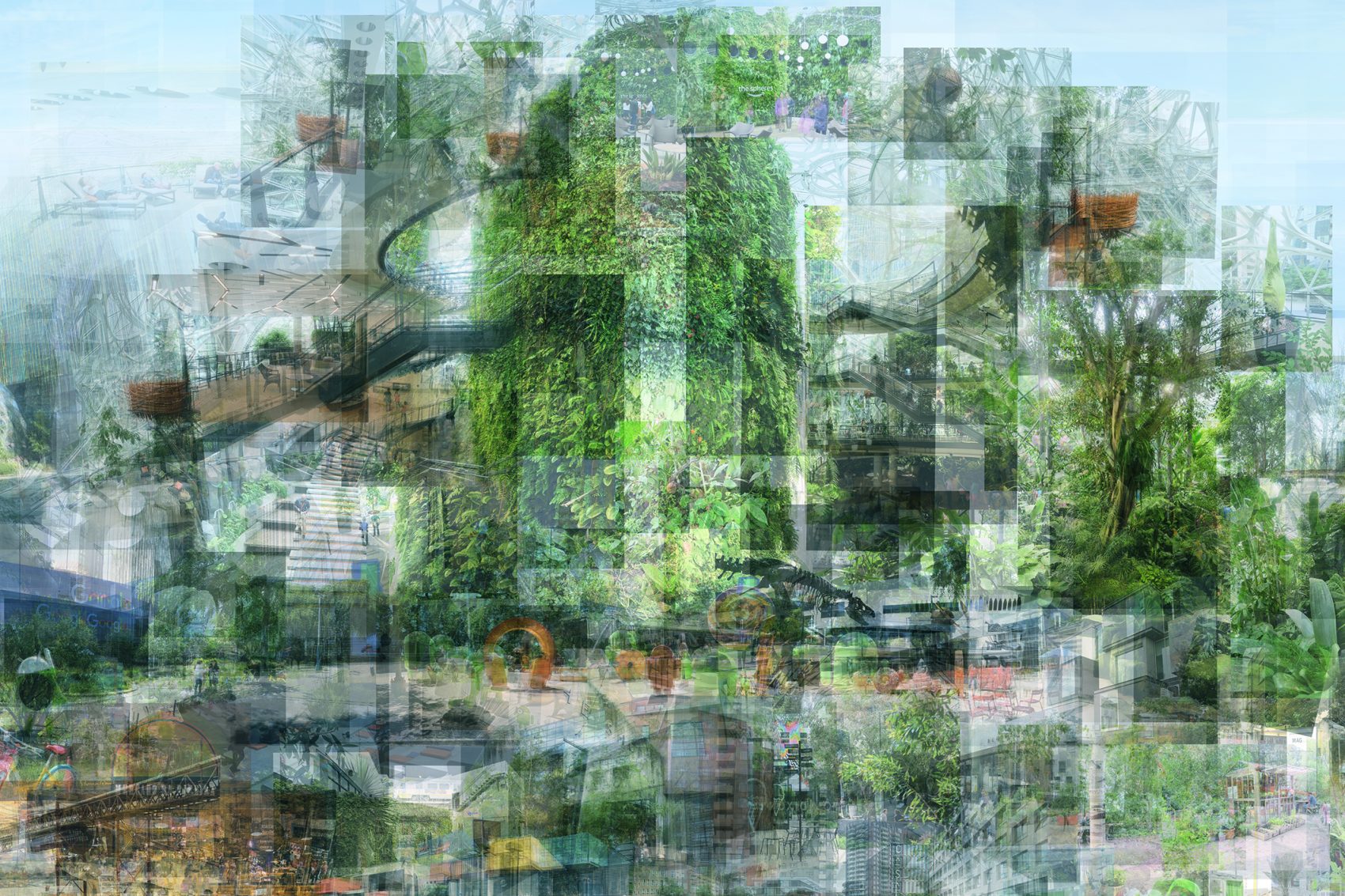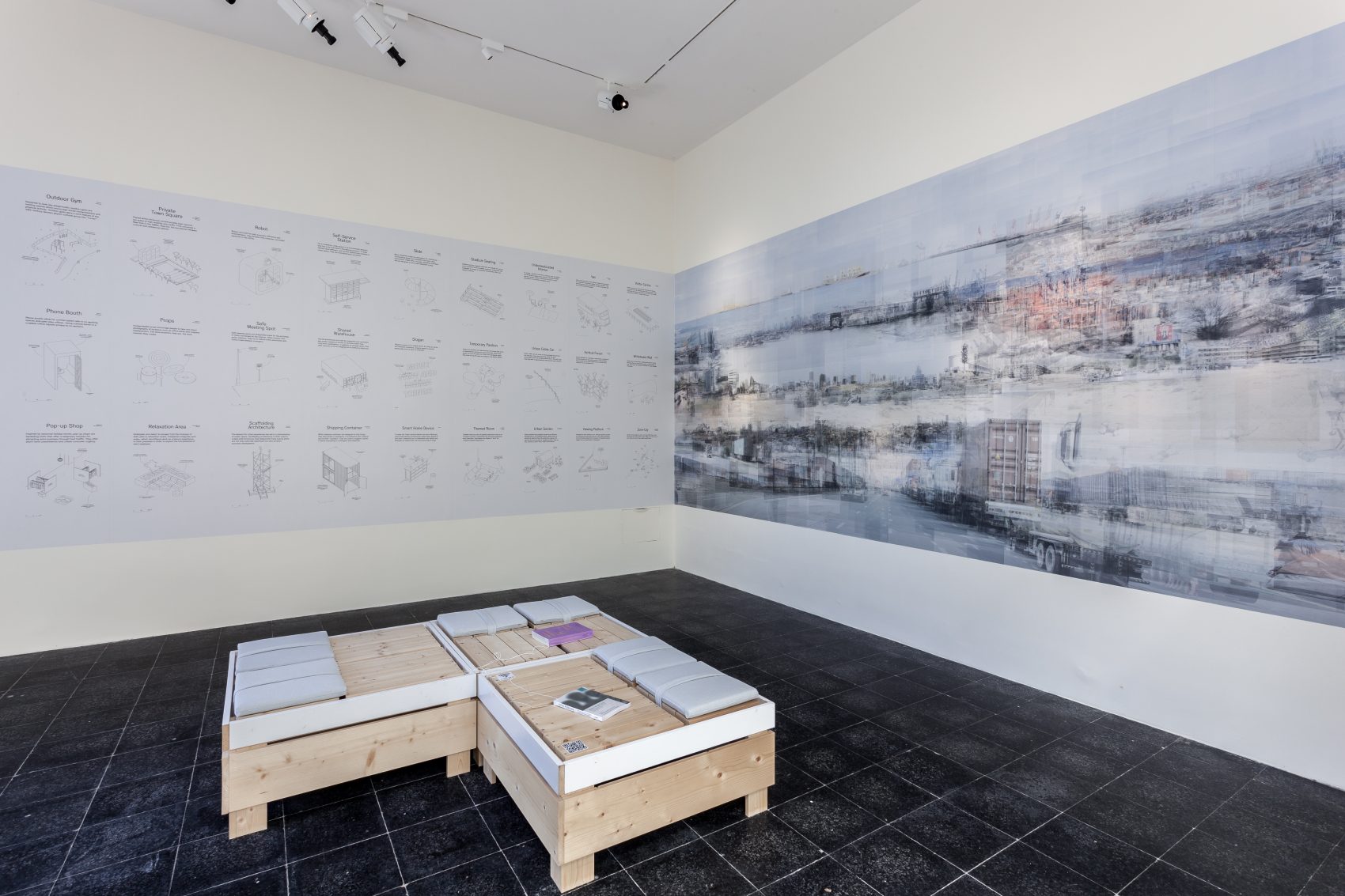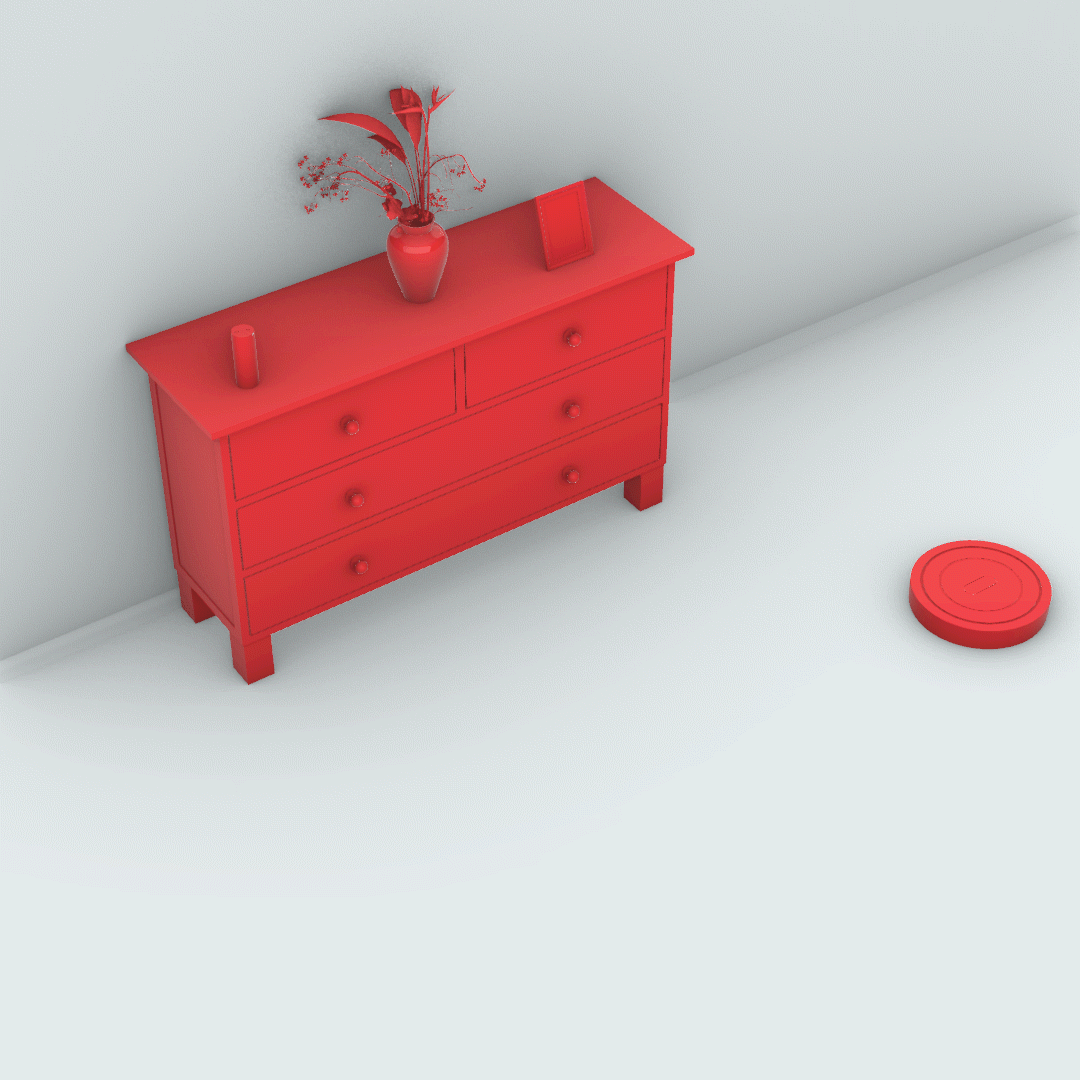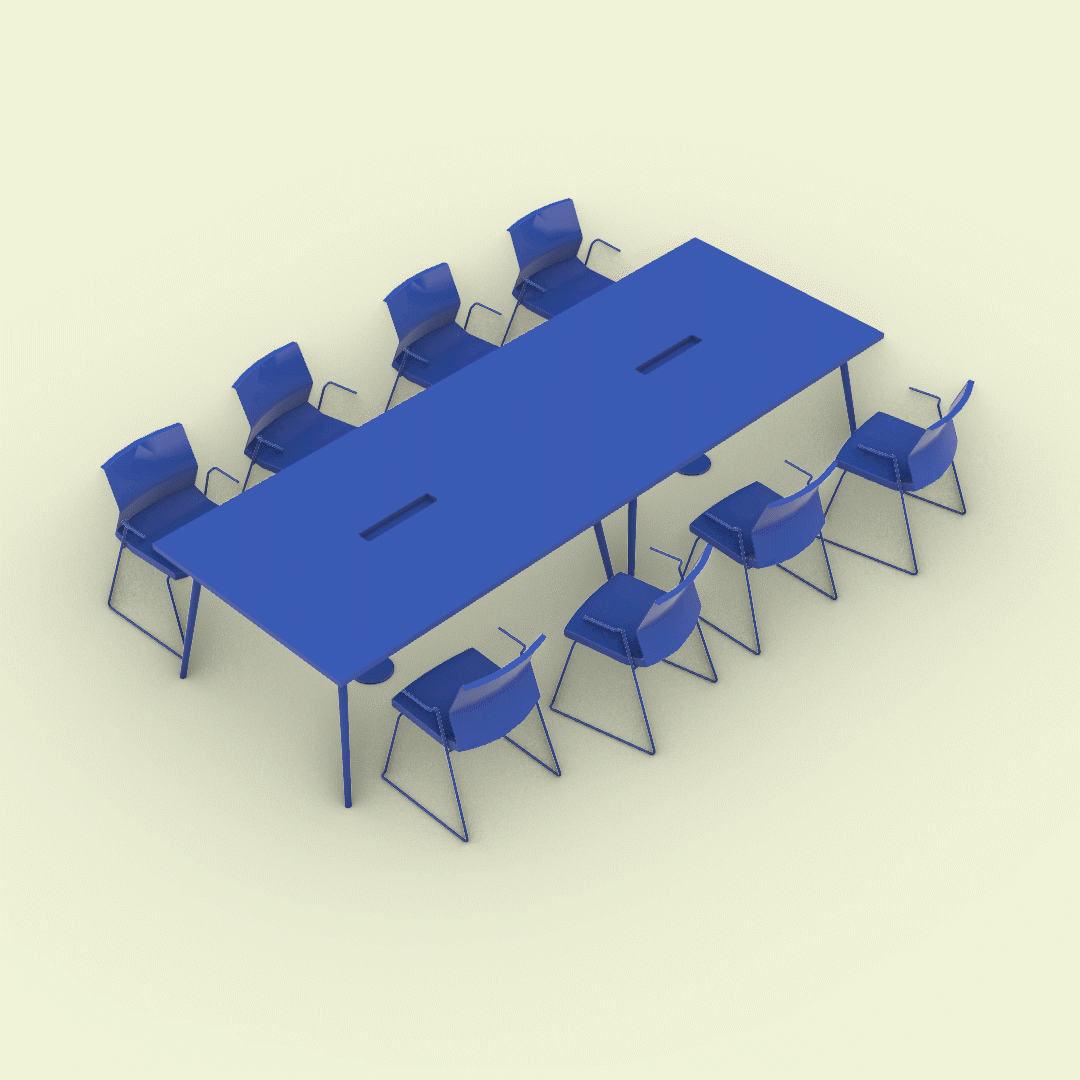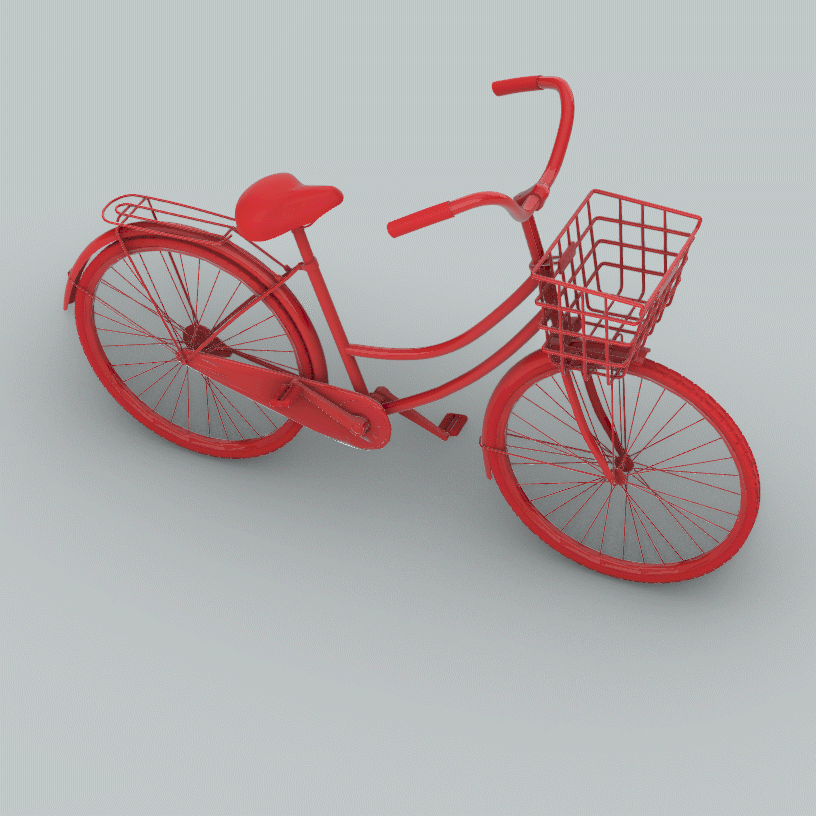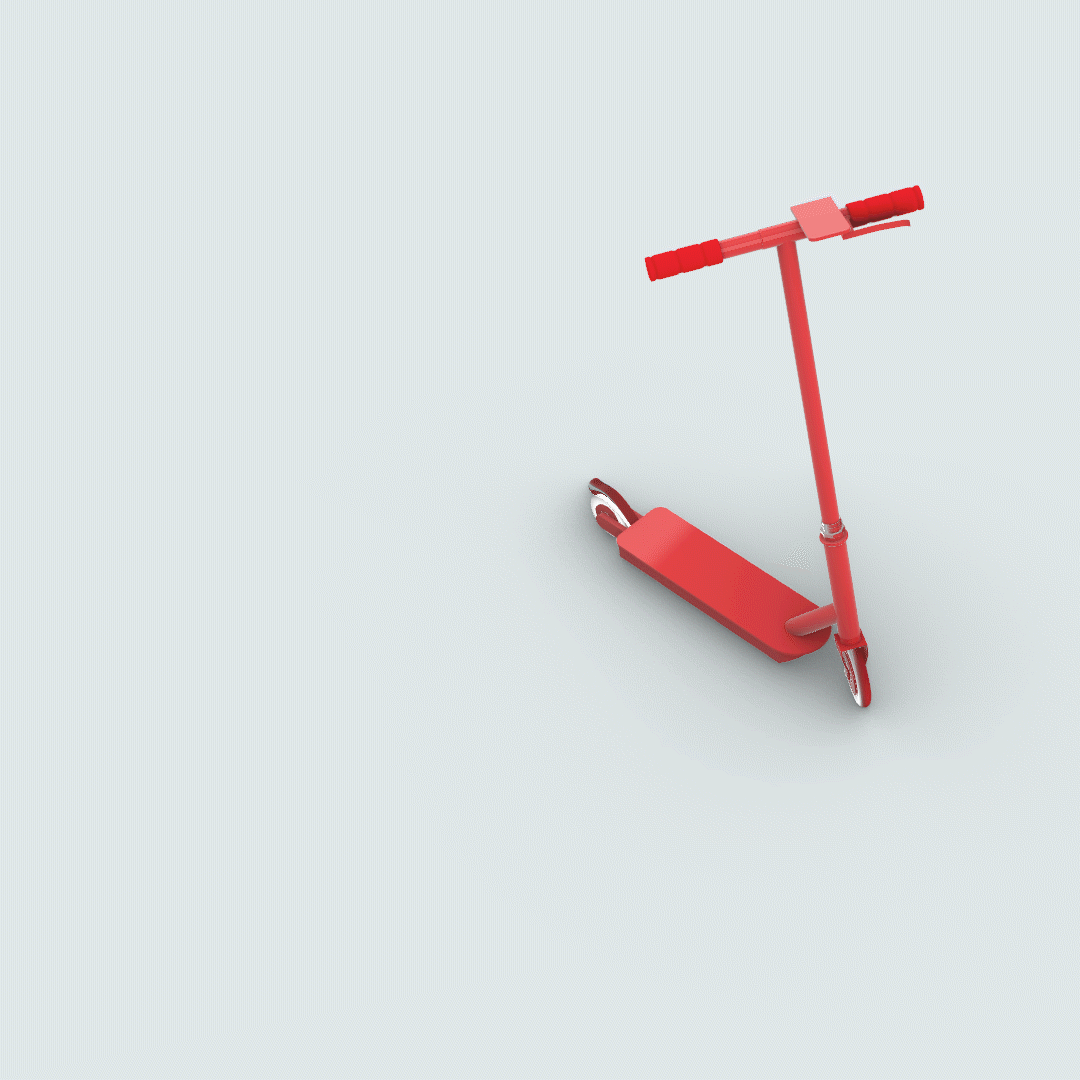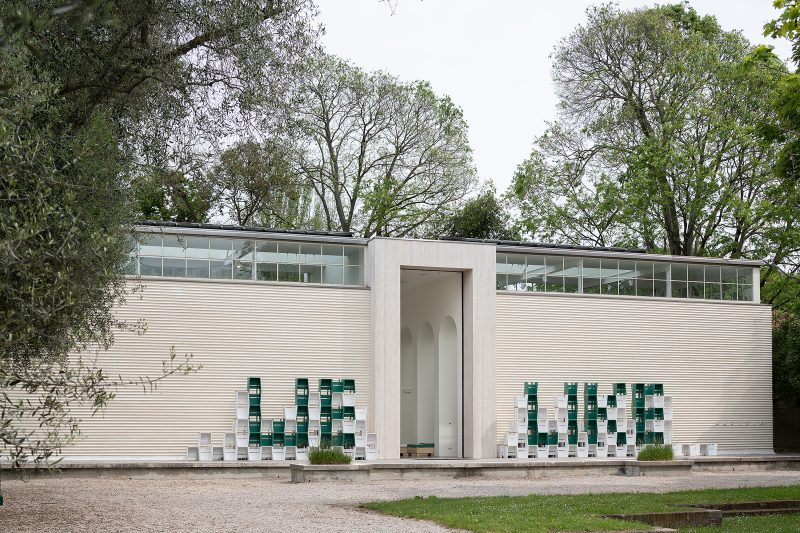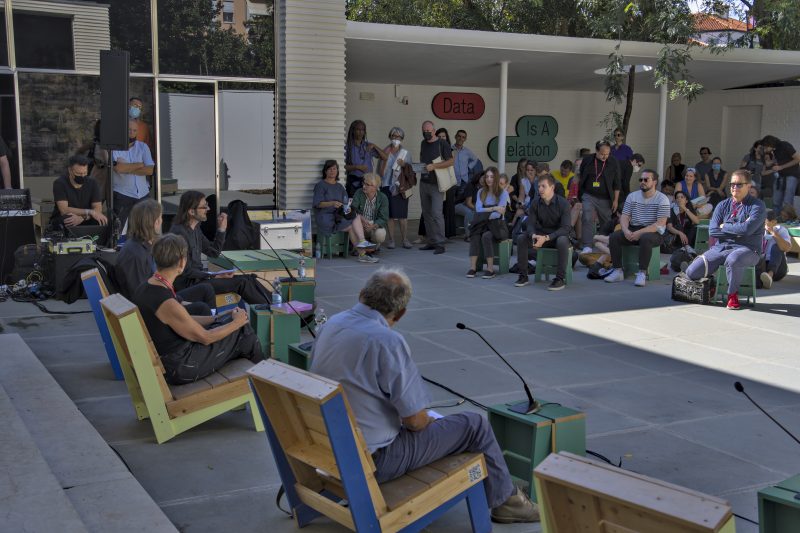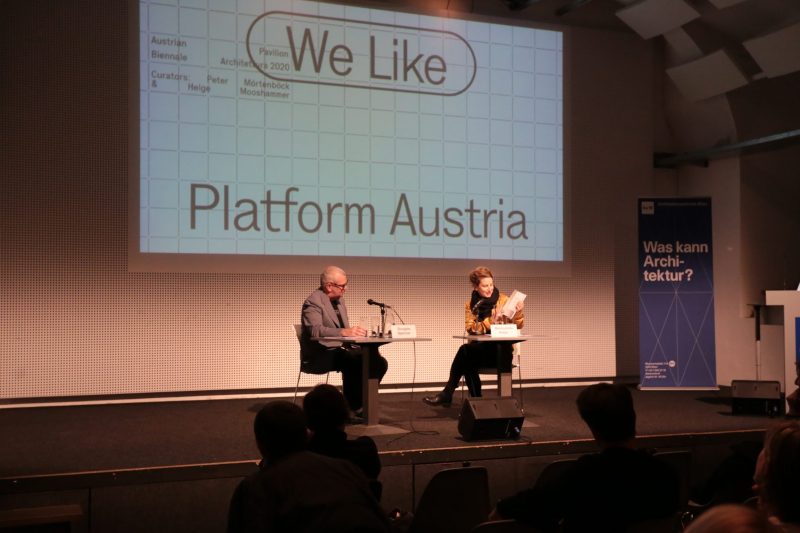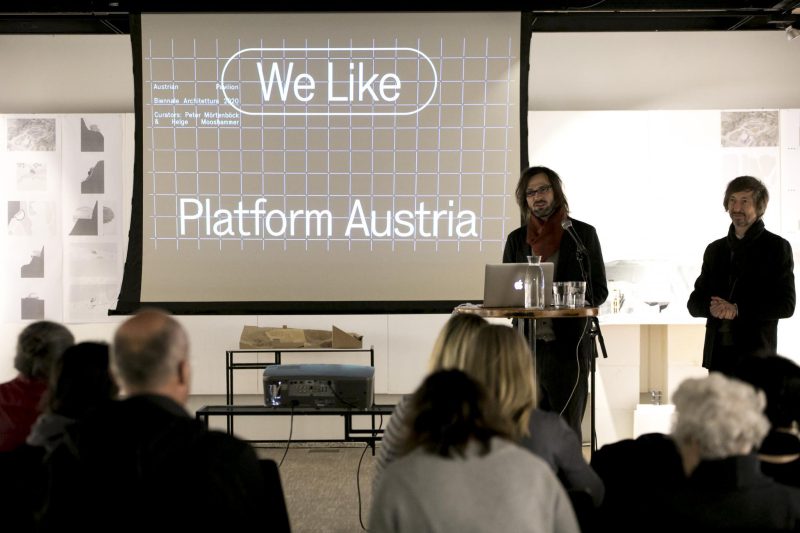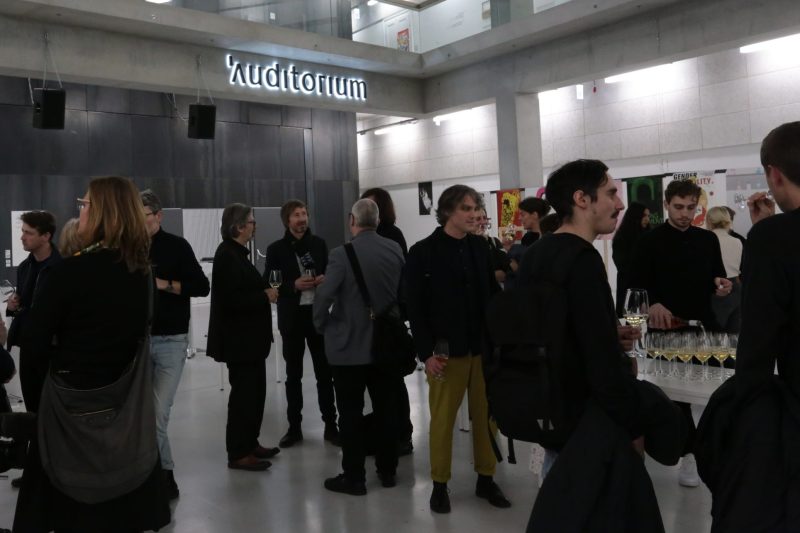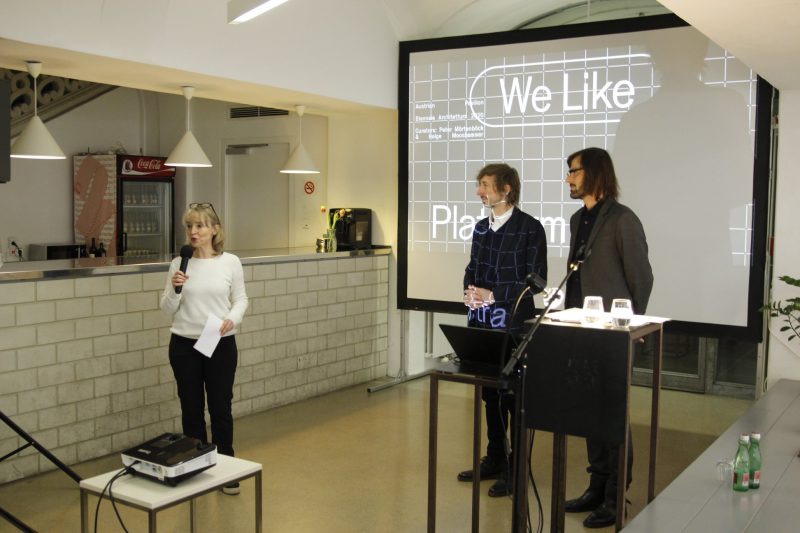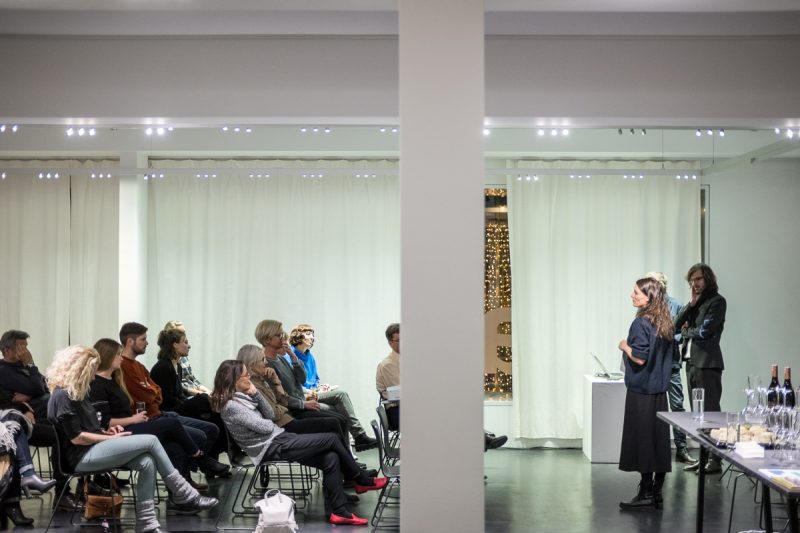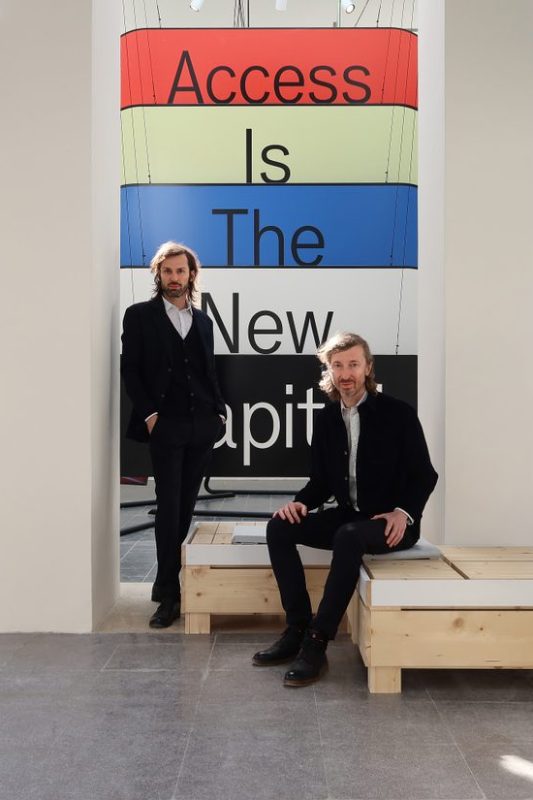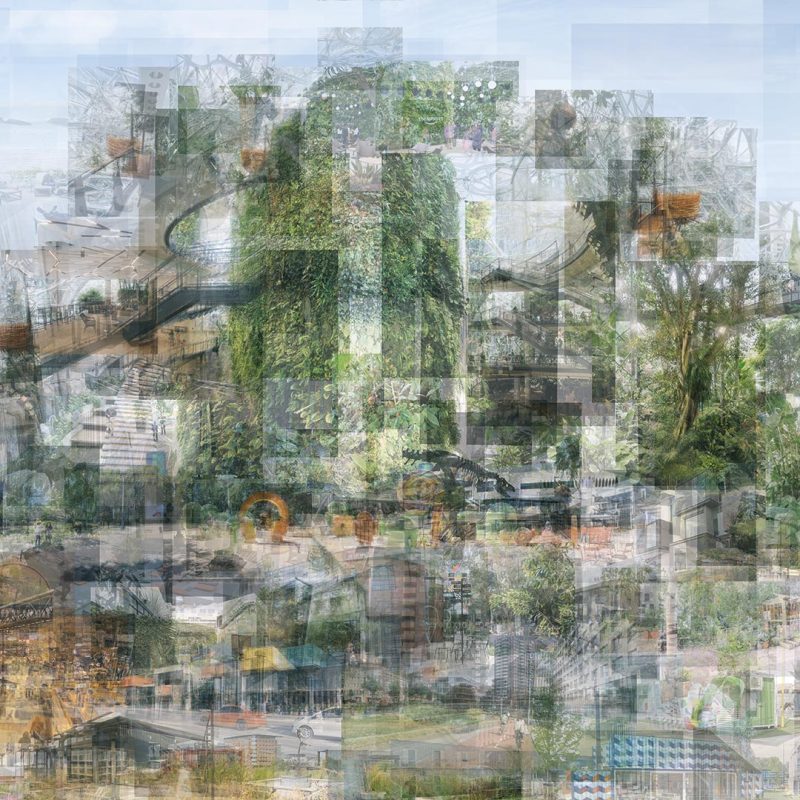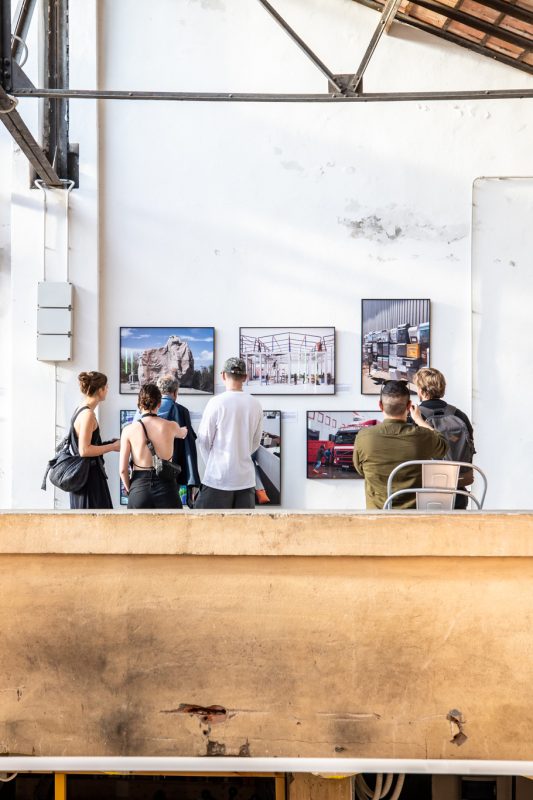- BMKOES
- 2021
We Like – Biennale Architettura 2021
One of the defining and most controversial phenomena that can be seen in the architecture of the early twenty-first century is the spread of a new form of “platform urbanism”. Within the span of just a few years, digital platforms have become a major force in structuring social relations, mobility, work processes, commerce and services. Their growing presence is also exerting an increasing influence on governance, the provision of education, health care and housing, and as a result on the production of space.
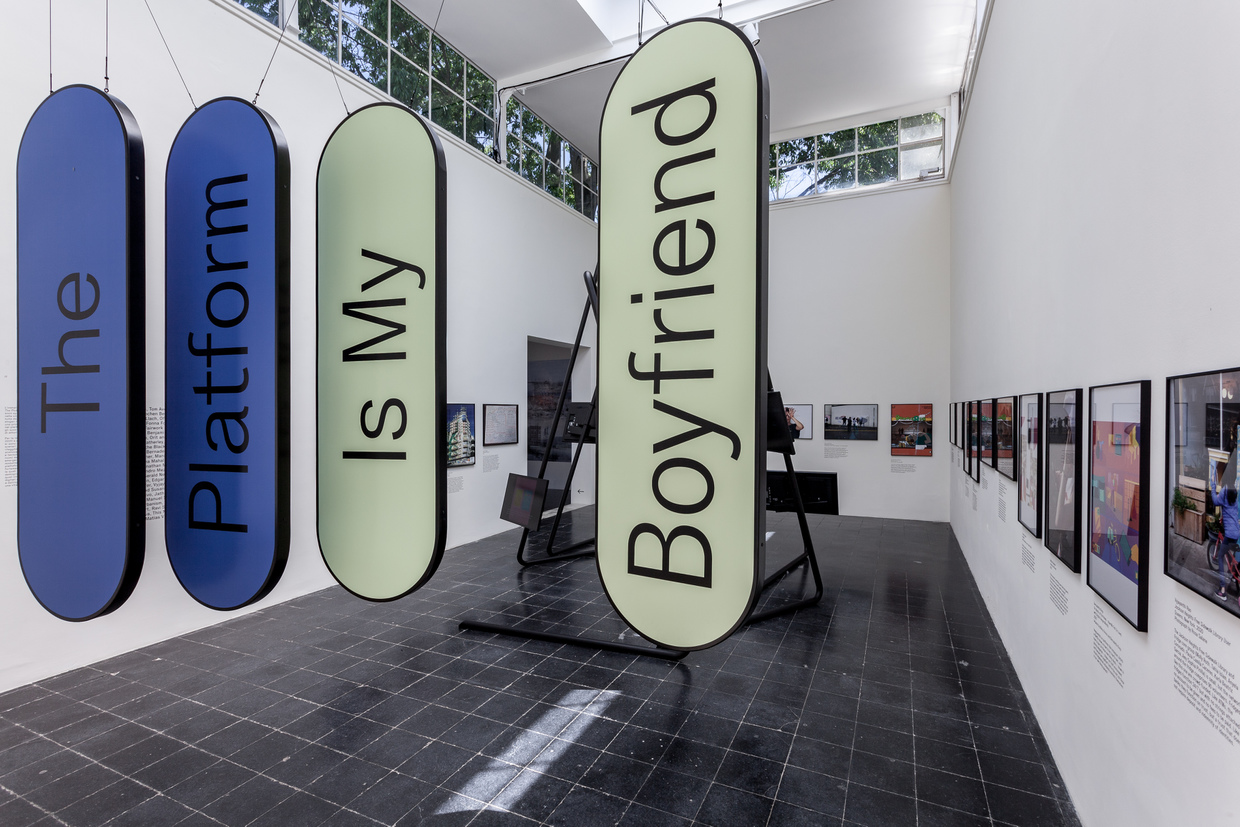
Austrian Pavilion, Biennale Architettura 2021, Venice (photo: Andrea Ferro Photography)
A PHENOMENON IS HAUNTING THE WORLD – THE PHENOMENON OF PLATFORM URBANISM
Architects, urban planners, municipal authorities and citizens are rapidly becoming excluded from the design of our future habitats. In their place we are seeing platform developers disrupting conventional forms of spatial production and taking on a global role as planning superpowers.
With the development of global digital connectivity, platforms and the businesses behind them are seeking to control fundamental aspects of living together: from housing, work, commerce and mobility to governance, education, leisure and care. In this process of appropriation, platforms render the core building blocks of urban life exploitable as products for instant consumption. Taking part in society, it seems, has become easier than ever before – but only for those who can afford the prices platforms put on their services.
This points to a tension at the heart of platform urbanism which we aim to address in this exhibition: While exclusive in nature, platforms rely on our constant participation – the work of millions of users going about their daily business in countless places around the world – in order to grow and succeed.
WE LIKE – PLATFORM AUSTRIA highlights this reality of “co-production by the many” when postulating the need for and the right of a wider public to have a say in the planning of future environments. To mobilise this claim, we seek to engage with the generative forces of platforms through an experimental exhibition, transforming the pavilion itself into a platform to both generate crucial knowledge about the phenomenon of platform urbanism and articulate alternatives:
– Visual research about emerging typologies of platform urbanism produced by the Centre for Global Architecture
– Public debates with guest speakers from around the world scheduled to take place in late summer and autumn 2021
– An open-access online portal for sharing and commenting on images of architectures, cities, and environments that WE LIKE
CURATORS
Peter MörtenböckHelge Mooshammer
CURATORIAL ASSISTANCE
Carmen Lael Hines
RESEARCH ASSISTANCE
Christian FrießLovro Koncar-Gamulin
Pieter de CuyperJulius Bartz
INSTALLATION DESIGN
Pretterhofer Arquitectos
STRUCTURAL ENGINEERING
Bollinger + Grohmann
MEDIA TECHNOLOGY
MVD Austria
VISUAL COMMUNICATION
Bueronardin
VIDEO PRODUCTION
Raum.Film
PRODUCTION MANAGEMENT
section.a
PRESS
art:phalanx
CONTRIBUTORS
Ross Exo Adams, Tom Avermaete, Lucia Babina, Jochen Becker, Daniel Cardoso Llach, Ofri Cnaani, Teddy Cruz und Fonna Forman, Peggy Deamer, Fairwork Project, Pedro Gadanho, Benjamin Gerdes, Stephen Graham, Orit und Tal Halpern, Owen Hatherley, Gabu Heindl, Leo Hollis, Into the Black Box, Andreas Kofler, Bernadette Krejs und Andrea Börner, Maros Krivy, Peter Lang, Mona Mahall und Asli Serbest, Jonathan Massey, Sandro Mezzadra, Louis Moreno, Gerald Nestler und Sylvia Eckermann, Edgar Pieterse, Heidi Pretterhofer, Vyjayanthi Rao, Scott Rogers und Susan Moore, João Prates Ruivo, Saskia Sassen, Manuel Shvartzberg Carrio, Slutty Urbanism, Douglas Spencer, Matthew Stewart, Ravi Sundaram, Tiziana Terranova, This Machine Kills, Ignacio Valero, Matias Viegener, Alan Wiig
COMMISSIONER
Austrian Federal Ministry for Arts, Culture, Civil Service and Sports
PLATFORM AUSTRIA AS ONLINE AND ON-SITE CONVERSATION SPACE
The multimedia installation ACCESS IS THE NEW CAPITAL / THE PLATFORM IS MY BOYFRIEND invites visitors to engage with the spatial, political, social and historical dimensions of the changes to urban life fomented by digital platforms. It consists of two extensive video installations, two monumental slogans and a series of photographs which draw on everyday experiences to explore the question of who participates in platform urbanism and in what way: Who are the winners and losers in this development? And what is the constellation of actors, technologies and values we are dealing with here?
Within the framework of this project more than 50 international experts engaged intensively with different phenomena and arenas of platform urbanism over the period from August 2020 to March 2021. In the form of blog posts, they examine in detail the complex entanglements of urban space and digital technology. The videos based on these texts present new understandings of the emerging socio-technical formations that are driven by digital platforms and new types of global interaction. They show how the city-as-platform has emerged as a powerful and highly contested entity that reflects the uneven challenges cities around the world are facing today across different demographic groups, regions and communities. But they also reveal alternative paths that could be opened up with digital platforms (beyond the limitations of online shopping, gig work and dating apps) if we set ourselves the goal of developing a fairer and more equitable form of urban life.
COMPONENTS OF PLATFORM URBANISM
Platforms are increasingly affecting the way we live in cities. From ride- and home-sharing to curated communal spaces for leisure, platforms are not only tools used to enhance the positive experience of a city, but are forming the very foundations of what it means to live as an urban citizen today. Yet platform-based urban developments are speculative endeavours. They follow a pattern of strategic calculation similar to many other investment-driven economic operations: elements of various origins are bundled together to produce attractive and powerful offerings. These operations are not transparent but are in fact being rendered mythological as the conveniences and pleasures provided by platforms are slowly internalised, seeping into the very fibre of urban life. The prevalence of aesthetically mediated affirmation in platform urbanism has accelerated a disregard for singularities, whether of designs, sites, or communities, and given rise to a global industry specialising in the production of de-territorialised, scalable and exchangeable archi-scapes.
In COMPONENTS OF PLATFORM URBANISM, a multi-scalar inventory produced by the Centre for Global Architecture, the recurring elements of platform-driven urban development are diagrammed and deconstructed into their bare forms. Echoing the style of patent drawings emblematic of the current innovation economy, this explanatory reference system seeks to demystify the operations of platform urbanism, explaining why and how such elements are used to further the interests of platforms.
MIDISSAGE
FINISSAGE
EVENTS
